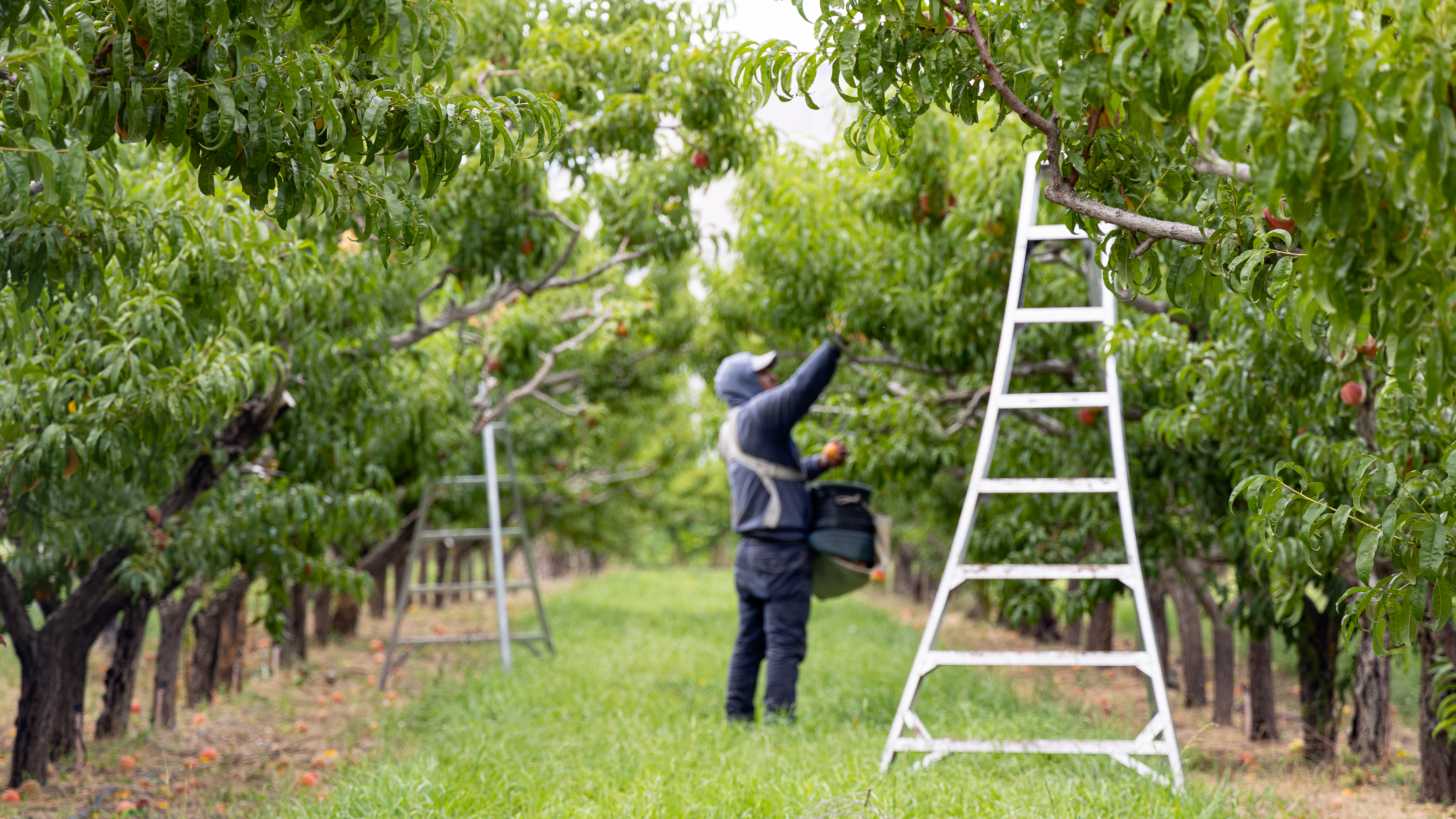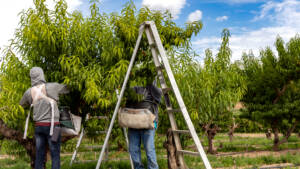
Agricultural Workforce

Issue Overview
Farmers and ranchers rely on skilled workers, both seasonally and year-round, to produce the safe, sustainable food on which all Americans depend. With fewer Americans growing up on the farm, it’s increasingly difficult to find American workers interested in farm work. Applications for H-2A guest worker visas continue to rise, an indisputable indication of the shortage of workers here in the United States.
Reform to our guest worker program is long overdue, as ongoing workforce shortages place the long-term stability of our food supply at risk. It’s time we find a solution that provides farmers and their employees with the long-term stability they need. Instability in the agricultural workforce places domestic food production at risk.
Congress needs to pass responsible farm labor legislation to deliver the certainty farmers need to continue producing affordable food for America’s families.
Solutions for Ag Labor Reform and Workforce Stability
Farm Bureau supports proposals that provide access to a legal and stable workforce for agriculture’s needs now and in the future. First, agriculture needs significant reform to the H-2A visa program that provides flexibility for employers and workers by allowing employment options to address both seasonal and year-round needs and a reasonable and mutually agreeable wage rate. AFBF supports short term relief in the form of a justified pause in the minimum wage rate (the Adverse Effect Wage Rate, or AEWR) used in the program until the methodology can be reformed to better reflect the benefits that successful agricultural enterprises bring to their local communities.
Farm Bureau believes that long-term workforce stability will come through a more streamlined and more flexible H-2A visa program Workers should be allowed to continue with an employer for as long as the employer has a need – up to three years. This allows farmers who have year-round labor needs to use the program and avoid disrupting their essential business operations. This program should recognize real-life workforce challenges and provides the flexibility and stability that most domestic workers enjoy.
Farm workers should be able to earn legal status, by following strict requirements. These could include showing proof of steady employment in agriculture, paying taxes, passing a criminal background check and paying a fine. The majority of farm workers in the U.S. are unauthorized, largely because Congress has ignored the shortcomings of the existing agricultural worker program. It’s time to deal with reality. But farmers must be able to keep their experienced workers – their trustworthy, right-hand men and women who have worked with them for years and can get the work of the farm done. Enforcement is an important part of the solution, but not the whole solution.
It’s time we find a solution that provides farmers and their employees the long-term stability they need.
WHAT WE'RE SAYING

Farm Groups Praise Stay on Farm Labor Rule
Dec 3, 2024
READ MORE

H-2A Program Benefits Guest Workers, Alabama Farms
Mar 12, 2024
READ MORE

House Ag Committee Offers Solutions to Farm Labor Crisis
Mar 7, 2024
READ MORE

New York Farm Bureau Utilizes Virtual Reality to Highlight Agricultural Labor
Feb 20, 2024
READ MORE
Trending Topics
VIEW ALL